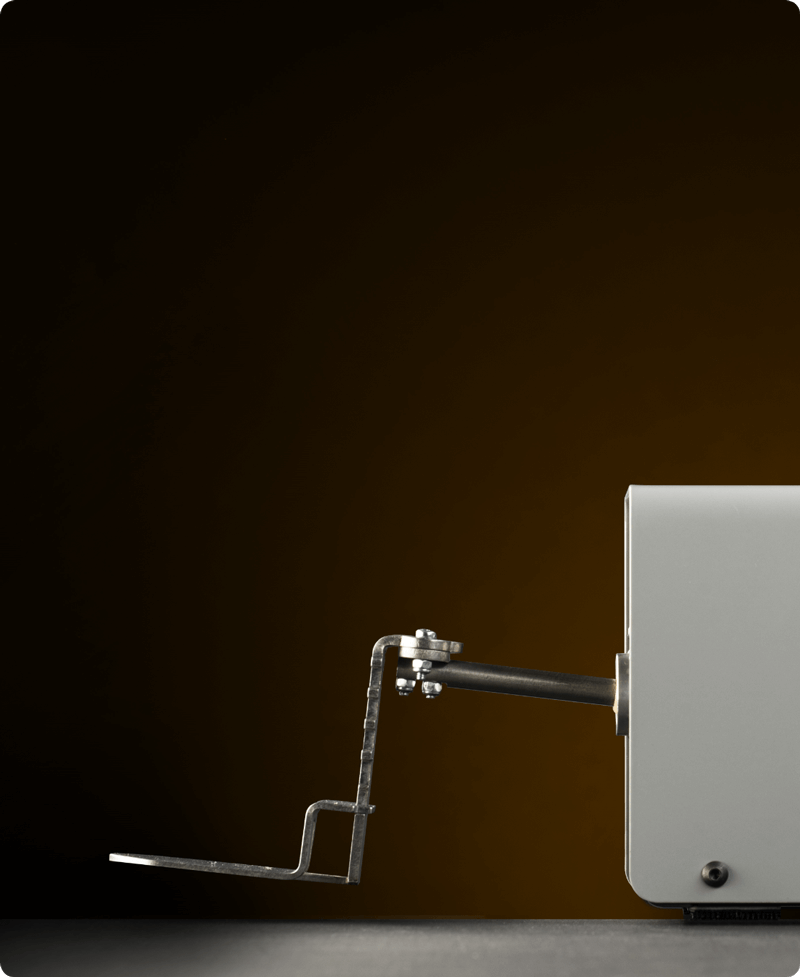Retail robots have arrived, and they’re here to stay. And no, we’re not talking about the scenario of a science fiction movie, we’re just looking at how the retail industry has evolved over the past years and what’s next for it.
We’ve written about the future of retail before, you can read more on the subject there.
Yes, it’s been a while since robots and several automated systems have been serving retail, while AI and machine learning seem to be the latest trends, incorporating the voice of the customer and transforming how retailers make product and pricing decisions.
Amazon is leading the way, using retail robots to step-up their in-store marketing efforts, helping the company with inventory management. Walmart is following the same footsteps, deploying hundreds of systems nationwide, in an attempt to cover its national store network. And this, if you ask us, is just the beginning.
To sum up the current state of the involvement of robots in the retail industry, we’re going through a period in which various use cases are tested.
Whether we’re talking about internal operations or customer-facing service, robots are becoming more capable and cost-effective. But again, we’re talking about an incipient phase and it won’t be long until the impact of robots on every aspect of the retail value chain will be easily observed.
"Whether we’re talking about internal operations or customer-facing service, robots are becoming more capable and cost-effective."
CLICK TO TWEET
Moving on, let’s find out more about how robots can actually change retail.
How robots can change retail
1. Replenishing stocks with scanner robots
Some of the biggest names in the retail game are already testing the latest technologies and there’s no wonder that Walmart is among the first to ‘exploit’ the advantages robots can bring.
Specifically, we’re talking about scanner robots, able to pinpoint the exact locations where items are out-of-stock, but also send images to associates who use handheld devices to replenish stocks. And this is not everything, as Walmart’s robots can also transmit information to fast unloader robots, able to prioritize which items will be unloaded off trucks.
The idea behind this system is to make everything work in conjunction, helping store associates to become more productive.
2. Checkouts are getting robotized
Many customers consider the checkout process a real ordeal. After all, who likes to wait in a long line to pay for products?
However, this is about to change, thanks to Panasonic.
The Japanese company is currently testing a robotic checkout system at a grocery store in Osaka, which has the ability to completely revolutionize this aspect of retail.
The concept itself is easy to understand: the store has robotic baskets containing a scanner able to analyze every item the customer puts in. Once the groceries are done, the customer reaches the checkout system, also autonomous, and allows it to scan all the data in the basket.
The bill is generated and once the payment is made, the items are automatically dropped in the bag. Simple and amazing, at the same time.
3. Products are engaging with shoppers
Walking between aisles and quickly checking out items is already yesterday’s news as robots in retail are now bringing products to life.
Tokinomo is one of the companies that introduced this technology, using a combination of lights, motion and sound technologies to offer an engaging experience for shoppers. Or, if you prefer, it transforms the aisle into a miniature theater stage, making one product the real star.
When a shopper walks near a Tokinomo display, a motion sensor activates the device, helping a product - whether we’re talking about a can, a jar or a bottle, for example - come to life and engage with the potential buyer.
Besides making products stand out, the robot also helps brands by leaving a positive impression: 40% of shoppers who see a Tokinomo campaign report remembering the name of the product on display. After all, how many products start talking with you, while you shop?
4. Offering improved customer service
It’s been some time since robots have proved that they are doing a great job behind the scenes so it was about time to see them around us, in stores. No, we’re not talking about them shopping for groceries, but helping us find what we need.
Walmart is testing a new use case of robots-in-retail, by introducing a new way of offering customer support: robotic shopping carts.
These special carts help shoppers find all the items on their list quickly, and eliminate the need to push heavy carts around the store. This is helpful for all types of clients, especially for those with disabilities, for whom this technology can facilitate easier shopping sessions.
5. Making opening hours obsolete
A lot of retailers are still having difficulties with finding which are the most profitable opening hours, especially if they are operating multiple stores, in multiple locations. New York, “the city that never sleeps” can be one of the best examples when it comes to places where a retailer can have a hard time guessing the right opening time. Pun intended.
Best Buy is one of the stores which solved this problem with - that’ right - retail robots.
Chloe is a robotized assistant located at a store in Manhattan, able to retrieve merchandise for customers 24/7. The concept is easy: people use automated kiosks throughout the store, telling the robot what they want to buy. Then, Chloe, using a giant arm, picks the products and puts them into a vending machine, from which they are dispersed to customers.
The system is perfect for those who need essential products, like cables or phone chargers fast, at any time. And the security is also on point, reducing the likelihood of theft to zero.
Conclusion
Robots are no longer just machines we used to see in science fiction movies. They are among us and are turning into real retail disruptors. Of course, it will take some time until they become the norm, but retailers are already delighted with the way they can help cut costs while maintaining the quality of the service high, and allowing employees to focus on higher value work.



